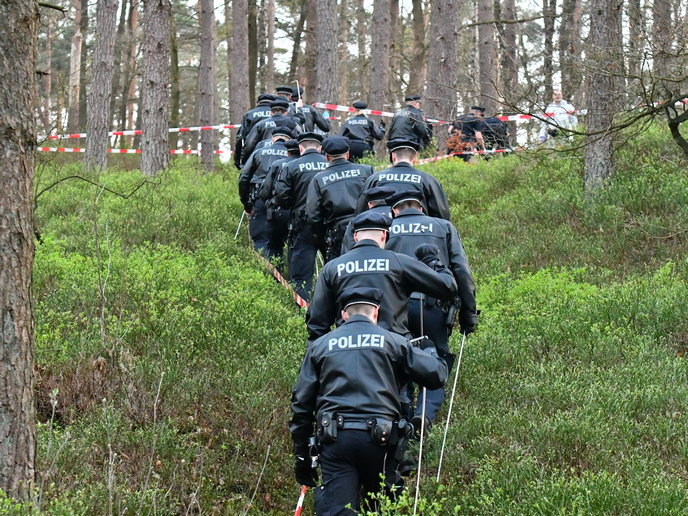AI glasses to support fight against crime
Law enforcement officers often find themselves in dangerous situations, in which split-second decisions need to be made. Taking the right course of action often depends on having access to accurate situational information. Knowing for example that a particular suspect is armed and dangerous, or that there are people in a building in need of medical attention, can help to ensure a positive outcome, and avoid mistakes being made.
Information to support decision-making
The EU-funded DARLENE(opens in new window) project developed a technological solution to this challenge, providing law enforcement officers on the ground with critical operational data. “With our solution, officers wear artificial intelligence (AI) glasses that deliver information to support decision-making,” explains DARLENE project coordinator Nikolaos Dimitriou from the Centre for Research and Technology Hellas(opens in new window) (CERTH) in Greece. “This information informs them of what is happening in front of them but also behind them, providing more context to the situation.” The AI glasses are connected to a network of street-level cameras and sensors, as well as surveillance feeds from other law enforcement officers. The information received is centralised and analysed in real time, and then fed to the officers on the ground. “We wanted the system to be constantly collecting and analysing information,” says Dimitriou. “If we know that the person in front is armed for example, then we can notify the officer on the ground to proceed with caution.” The project team developed much of the technology from scratch. The AI glasses were developed by a project partner, along with the necessary algorithms. Existing methods and technologies were also identified and integrated into the overall prototype concept.
Better visualisation of critical situations
This prototype system was then demonstrated in two test cases, both involving police officers. The first simulation involved the identification of suspicious objects and injured people at an airport. The DARLENE system was found to facilitate accurate information exchange between teams of airport security agents, and overall, contributed to improved situational awareness in a crowded environment. The second simulation involved dealing with armed criminals in crowded spaces, such as hotels or shopping malls. The aim of these tests was to see if the DARLENE system could facilitate more coordinated responses in active shooting situations. The DARLENE system provided law enforcement officers with extra information about the location of people and objects in these scenarios, through utilising an array of pre-installed sensors. Officers on the ground were then able to better visualise the situation.
Strong involvement of enforcement officers
The key finding was that officers were more efficient and precise in their operations when using the prototype system. “A major factor in the success of this project has been the strong involvement of end users throughout,” notes Dimitriou. “This enabled us to build up the maturity of the technology, before trialling it in these demonstration projects.” The project team also benefited from user feedback, which provided them with ideas for future end uses. These include for example police patrol tasks, and biometric identification at airports. Users also suggested that the equipment could be made more robust and lightweight. “On the research side, we will continue to fine-tune the technology and look at the potential in other security domains,” says Dimitriou. “On the commercial side, a number of project SMEs are already looking to commercialise elements of the technology, such as the AI glasses.”







